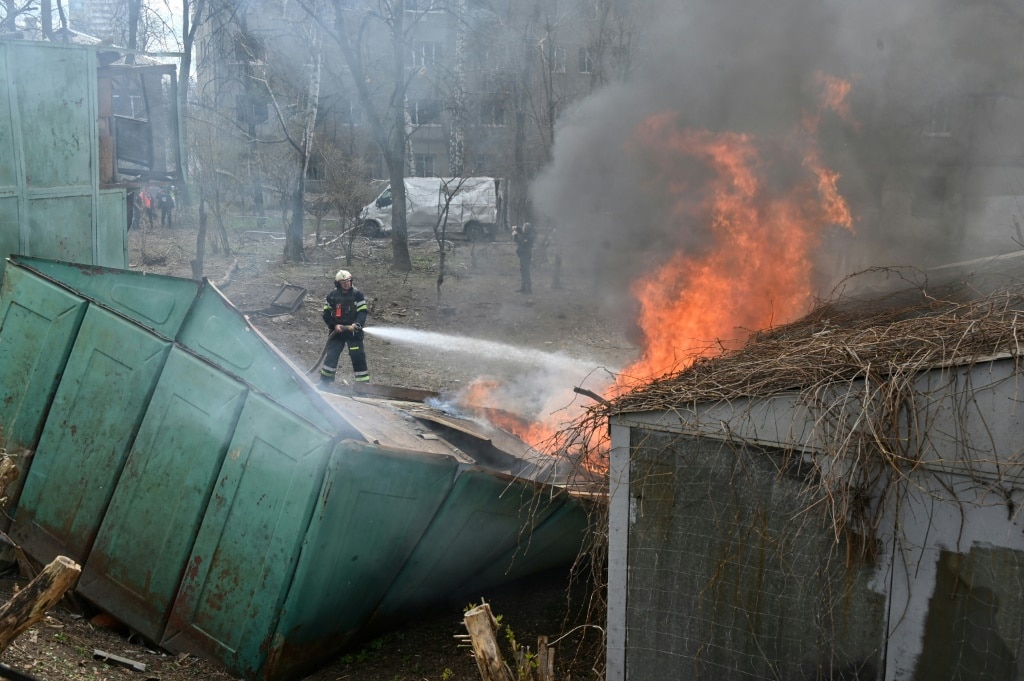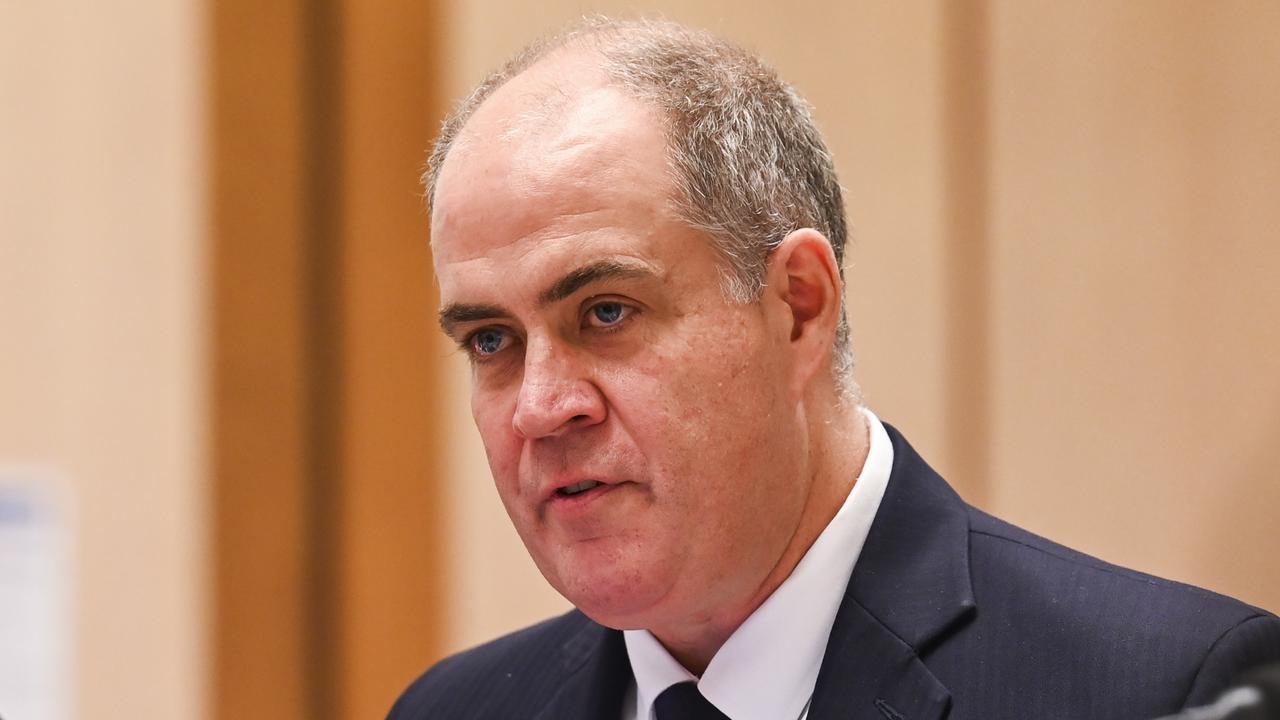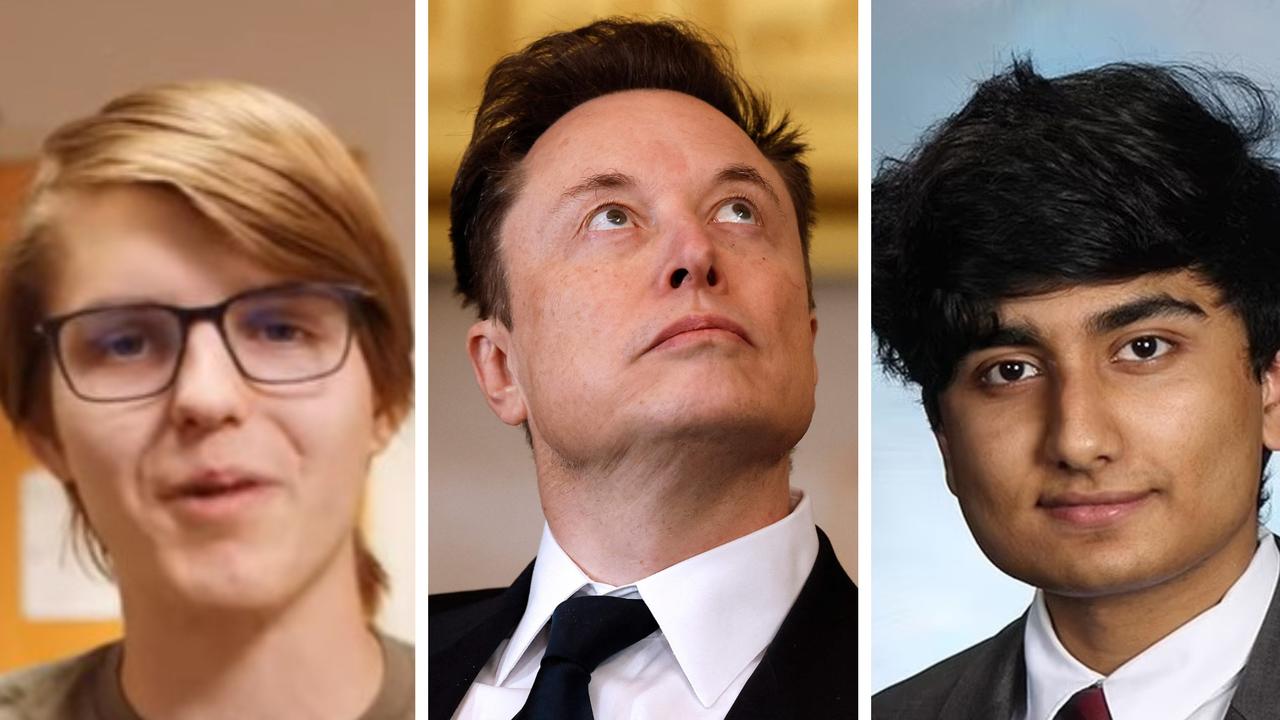Satellite photos reveal Russia’s humiliated Black Sea Fleet
Ukraine may be losing ground on the land but it has had a surprising win at sea - and it doesn’t even have a navy.
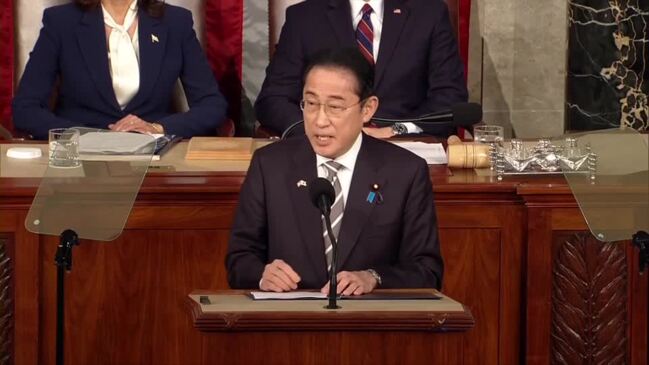
Ukraine may be losing ground on the land. But it has all but beaten Russia at sea. And it doesn’t even have a navy.
Now President Vladimir Putin’s decimated Black Sea Fleet appears to have largely abandoned occupied Crimea bases under a barrage of drone and missile strikes.
Satellite photos obtained and analysed by open source intelligence (OSINT) show the ports on Ukraine’s Crimea Peninsula are now largely empty. The surviving warships have retreated to Russia’s more distant and welcoming bases further south along the east coast of the Black Sea.
@The_Lookout_N@FouthTimeLucky@IntercityFC@SMACT72@tillykium@vcdgf555@Schizointel@HamWa07@war_monitor_ua@UAControlMap@GeoConfirmed@Saturnax1@CovertShores@GrangerE04117@Dmojavensis@Tatarigami_UA@charly0153@tom_bike@ianellisjonespic.twitter.com/8ASlM5T7zW
— MT Anderson (@MT_Anderson) April 9, 2024
“Their navy sucks, their air force sucks, and they’ve lost half a million soldiers,” retired US General Ben Hodges, formerly commander of US forces in Europe, said.
“After 10 years, Russia had every advantage, and they still only occupy 18 per cent of Ukraine.”
But an end to Washington’s support for the embattled democracy has resulted in its defending army running low on crucial artillery and anti-aircraft ammunition.
And that comes as enormous stockpiles of North Korean ammunition begin flooding into Russia’s front lines.
As a result, defending Ukrainian troops have been forced to retreat from several strategic strong points in recent weeks. And their capital, Kyiv, has been left exposed to long-range missile strikes.
But the rout of the Russian Black Sea Fleet is being presented as evidence that adequately equipped Ukrainian forces can defeat what - on paper - is an overwhelming opponent.
Victory at sea
The retreat of the Black Sea Fleet comes after President Putin fired Admiral Viktor Sokolov in February after two years of sustained heavy losses - both at sea and inside occupied Crimean ports.
Sokolov’s deputy, Vice Admiral Sergei Pinchuk, was formally appointed to take command of the fleet last month.
“The Ukrainians have much to be proud of in their drone surface force campaign and have honed their drone swarm tactics to remarkable effect,” says Center for European Policy Analysis (CEPA) analyst Dr Steven Wills. “The Russian Black Sea fleet, on the other hand, seems to have learned little in the year since Ukrainian unmanned surface attack vessels were first introduced into combat.”
🇷🇺BLACK SEA FLEET🇷🇺
— MT Anderson (@MT_Anderson) April 9, 2024
0.5m📷 (6 April 2024) of Novorossiysk, Feodosia & Sevastopol.
Good view of where 🇷🇺Navy are positioning their vessels⬇ï¸
Novorossiysk: primary warships, subs & assault ships
Sevastopol: small missiles boats, AS ships, Minesweepers
Feodosia: nothing pic.twitter.com/44vpLSQ5kO
A British Ministry of Defence intelligence assessment states Admiral Pinchuk “likely sought to improve the survival chances of Russian vessels by adopting further preventive and defensive measures, including narrowing the entrance gap to port facilities”.
More than 20 Russian naval vessels had been sunk or damaged before Pinchuk took command. But another successful Ukrainian strike on the Crimean port of Sevastopol on March 24 damaged two of his five surviving amphibious landing ships (Russia started the war with 13), as well as crucial port infrastructure.
Having said that, a few items to note⬇ï¸
— MT Anderson (@MT_Anderson) April 8, 2024
- Olshansky & Ivan Khurs both have large cranes operating on/near them
- Yamal is at Ammo pier with covers still on
- All 3x Ropucha Class look very rough (see northern fleet Ropucha in Tartus for a compare) pic.twitter.com/Ez9LgpqUuC
This has prompted the withdrawal of all surviving major fleet units from occupied territory over the past fortnight.
Russia’s replacement flagship, the frigate Admiral Makarov, has been identified tied up to a pier in the Russian Black Sea naval base of Novorossiysk. The original flagship, the anti-aircraft cruiser Moskva, was sunk in the opening months of the invasion.
The surviving frigates and amphibious assault ships are berthed around it.
But Novorossiysk has itself been the target of attacks. Ukrainian drone-boats damaged another tank landing ship there in August.
Abandoned on land
The leading US military officer in Europe, General Christopher Cavoli, warned Washington DC this week that Ukraine was set to run out of artillery ammunition and air defence missiles “in fairly short order”.
“The severity of this moment cannot be overstated. If we do not continue to support Ukraine, Ukraine could lose,” the General warned.
“Russia is reconstituting that force far faster than our initial estimates suggested,” he explained in an accompanying written submission. “The army is actually now larger — by 15 per cent — than it was when it invaded Ukraine.”
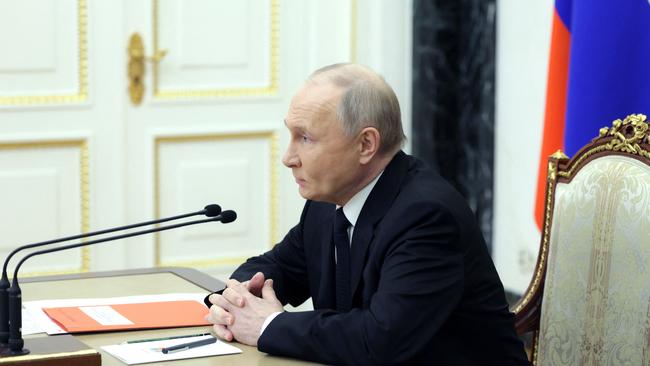
Russia now has as many tanks and artillery pieces on the battlefield as it did in the opening days of the invasion, he added, despite many of them being refurbished older models. And enormous stockpiles of ammunition have been sourced from North Korea.
Ukraine, he added, was “almost entirely dependent” on the US and Europe for its own ammunition supplies.
As a result, Ukraine could only respond with one artillery shell for every five Russia was able to fire on the battlefield. This disparity is expected to blow out to about one for every 10 in coming weeks.
“If one side can shoot and the other side can’t shoot back, the side that can’t shoot back loses,” Cavoli told Capitol Hill.
His testimony comes as US Congress continues to delay a US$60 billion aid package designed to rush ammunition and equipment to Ukraine.
“If Ukraine fails in this fight, I think problems radiate outwards, beginning with Europe. So there will be the possibility — the probability — that Russia will continue aggressive behaviour,” Cavoli warned. “They will certainly be emboldened. They’re certainly building a military that’s going to be capable of it.”
Jamie Seidel is a freelance writer | @JamieSeidel
More Coverage
Originally published as Satellite photos reveal Russia’s humiliated Black Sea Fleet



